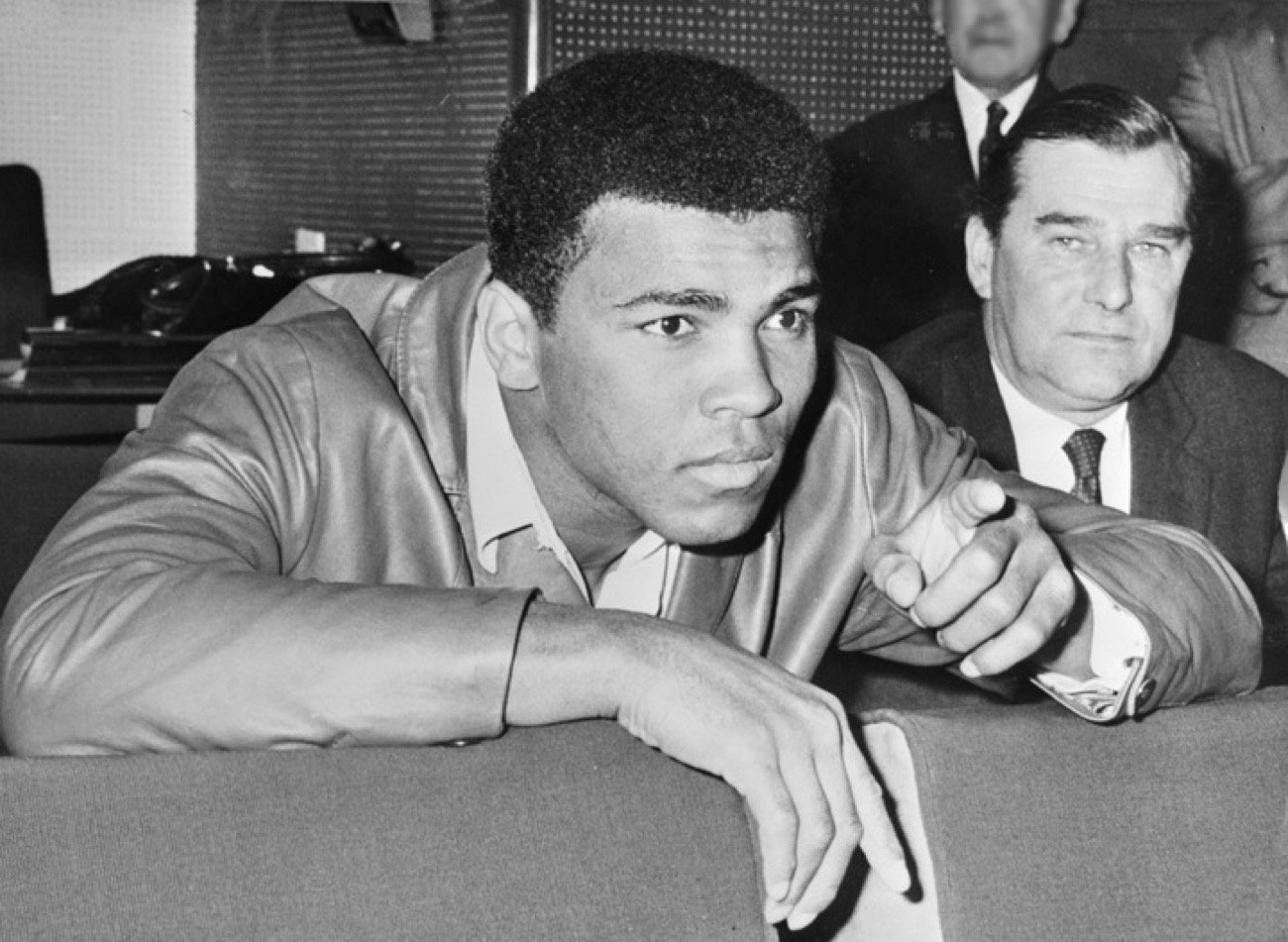213 pounds of ripped boxing perfection. This was the incomparable Muhammad Ali against a past his best but still dangerous Cleveland Williams on this day 55 years ago. Ali did not miss one punch during his ruthless and relentless three-round destruction of the “Big Cat.” And Ali certainly did not take anything back from his challenger.
Ali supporters argue how this was Ali at his best – The Greatest at his greatest. Ali detractors insist Ali beat up damaged goods, a fighter who had a bullet lodged in his body and was therefore no real threat to him. The critics are missing the point. It wasn’t the fact that Ali beat Williams, it was the way Ali beat him up: with punches thrown with uncommon speed, from a stance that saw Ali literally float across the canvas, with otherworldly reflexive abilities. In short, this version of Ali would have beaten any heavyweight in history.
Yes, he really would have.
No disrespect to Joe Frazier or Ken Norton (the only two men to have beaten a close to his prime Ali), but neither great would have done what they did against Ali had they met him in 1966. Ali had slowed down just a little come 1971, and a little more come 1973, and a prime Frazier took advantage, as did the tricky Norton, who was able to time Ali, two years later. It would have been a different story for both men had they faced the Ali who massacred Williams.
And as for Ali being “too small” against today’s heavies. Forget that. Ali’s blinding speed and movement, neither of which deserted him over the course of 15 rounds when he was at his peak, would have cancelled out any size and bulk advantages today’s heavyweights would have had over him. Ali was big enough at around 213 (and of course he may well have weighed more had he been around today, training methods and beliefs having changed as they have, along with a fighter’s diet), but none of today’s big men would have been anywhere near fast enough to have beaten the Ali of 55 years ago.
The primed and peaking Muhammad Ali was, without a doubt, the single finest heavyweight boxer in history. Though the world never got to see Ali reach his absolute peak – his prime years forever robbed due to his refusal to serve in the “unjust” Vietnam War – Ali of 1966 and 1967 was about as great as he would ever be. How much greater Ali, aged 25, might have become had he not been placed in enforced exile we will never know.
But the best version of Ali the world ever had the joy, the privileged, the pleasure of watching was almost certainly the Ali who fought at The Houston Astrodome on November 14, 1966. Ali’s hand speed was never sharper, his punching power was never more electrifying and his defence was never more impregnable.
Four times in total Williams crashed violently to the canvas before he was stopped in the third round. Ali danced ever so sweetly in the opening round, his reflexes, his fitness and his grace stunning to witness. When had, or has, a big man ever moved like this! In round two, Ali turned destroyer. Coming down off his toes, Ali unleashed his hard to see blows and down Williams went. And then again. And again. Three times inside the round. Williams was saved by the bell.
Williams was ravaged by more punches in the third, the challenger being sent down for a fourth time. Incredibly brave, Williams again beat the count, but this time the referee, Harry Kessler, seeing a bloodied Williams take even more head-spinning blows flush in the face, called it. It was all over. Ali had given us the fight of his that deserved to be placed in the time capsule, for all future boxers, boxing fans and boxing trainers to observe whenever they wish to see how a heavyweight should go about things when he wants to punch with tremendous authority while presenting a ghost of a target.

I remember that fight, Cleavland Williams had just been paroled and was recovering from a gunshot wound to the guy.